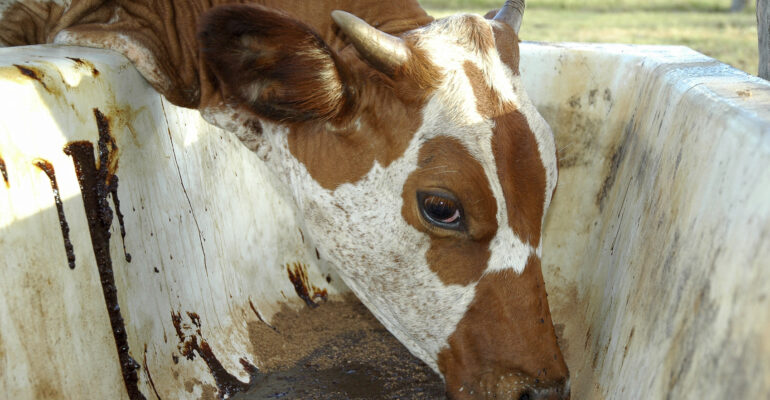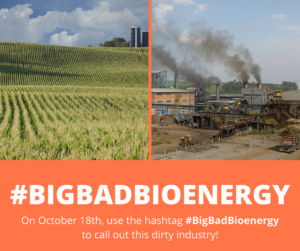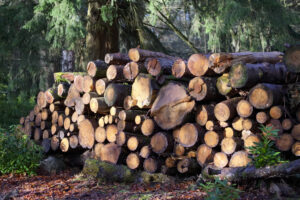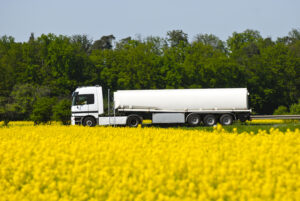The dark side of molasses
By guest author Emmanuel Guichard, Secretary general, Confederation of EU Yeast Producers
Have you ever wondered what makes real Belgian speculoos so special? The secret is molasses, a sweet, dark brown syrup, used not only for Sunday pancakes but also in many food (BBC recipes here) and feed products.
For every kilo of sugar refined from sugar cane or sugar beet, a quarter kilo of a thick, sticky by-product called ‘molasses’ is also formed. With nearly all the original sucrose removed during the refining process, what remains is a sweet, yet slightly bitter, substance consisting of non-extractible sugar (non-saccharose sugar).
With an ever increasing global demand for sugar, one would presume that molasses would be readily available worldwide. However, molasses are becoming increasingly rare and difficult to source for agricultural users and consumers.
Why?
World-wide ethanol production uses 40% of the world’s molasses resources, thereby creating stiff competition for uses associated with human food and animal feed.

World molasses consumption in 1998 (Source FO Licht)

World molasses consumption in 2015 (ISO report on molasses trade, 2016)
For example, in Brazil, 15 million tonnes of molasses should, theoretically, be produced every year. But only a few tonnes become available on the wider market, because the rest is immediately used up in ethanol production.
The impact of the development of ethanol worldwide has dramatic consequences for EU users.
The EU is a traditional user of molasses for animal feed and food application (fermentation); it currently imports 30% of the molasses available on the world market – about 1.5 million tonnes in average (and as high as 1.9 million tonnes in 2015).

The EU is exacerbating the scarcity of molasses with its biofuel and trade policies.
For example, Pakistan used to be one of the world’s main exporters of molasses. Following the devastating floods in 2010, the EU granted an exceptional package of trade concessions to Pakistan on humanitarian grounds. Pakistan thereby obtained duty-free access to the EU ethanol market. All molasses from Pakistan are now transformed into ethanol and exported to the EU. As a result, the EU has been deprived of 1 million tonnes of molasses, 70% of its entire import needs.
Time and time again, we find the same old story – another ethanol plant opens and the global market supply of molasses diminishes accordingly.
To make matters worse, greater danger is on the horizon. In the revised EU biofuel directive, Member States are encouraged to promote advanced biofuels. Advanced biofuels have been presented as the solution to the ‘food vs. fuel’ debate; only materials listed in Annex IX of the directive can be used for advanced biofuels production.
However, on 15 September 2015, France published a draft decree of its biofuel policy with extremely ambitious targets for advanced biofuels: 1.6% in 2018 and 3.x % in 2020. This begs the question: how can French producers possibly be so clean and green when most advanced biotechnologies are still at the pilot stage?
French officials found a deceptively easy answer: they classified molasses as a ‘residue’. Therefore, it can now count ethanol produced from molasses as advanced biofuels!
This classification will hurt EU consumers by drastically reducing the availability of molasses, i.e. 1% of advanced biofuels produced from molasses will use 500,000 tonnes of molasses. It will also effectively kill off France’s R&D program on advanced biofuels, because these technologies simply cannot compete with first generation ethanol in term of costs.
As part of the EU’s low-emission mobility strategy, the European Commission would like to promote advanced biofuels in transport. Only time will tell if real advanced biofuels will be promoted rather than greenwashed advanced biofuels based on molasses!
Data source: Most data are based on the report of the International sugar organisation on molasses trade available at MECAS(16)06.
Banner photo: Cow licking molasses © pamspix
Note: The views and opinions expressed in this guest blog post are those of the author and are not necessarily supported by BirdLife Europe/EEB/T&E.





